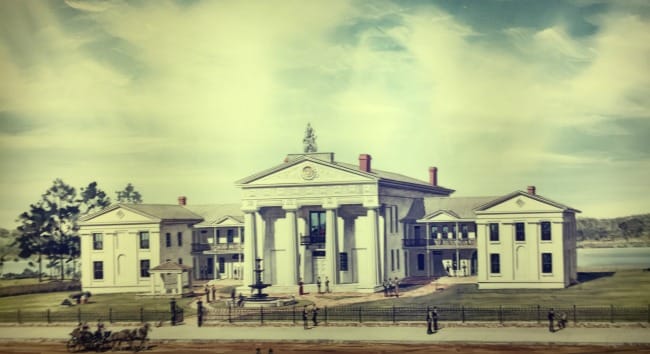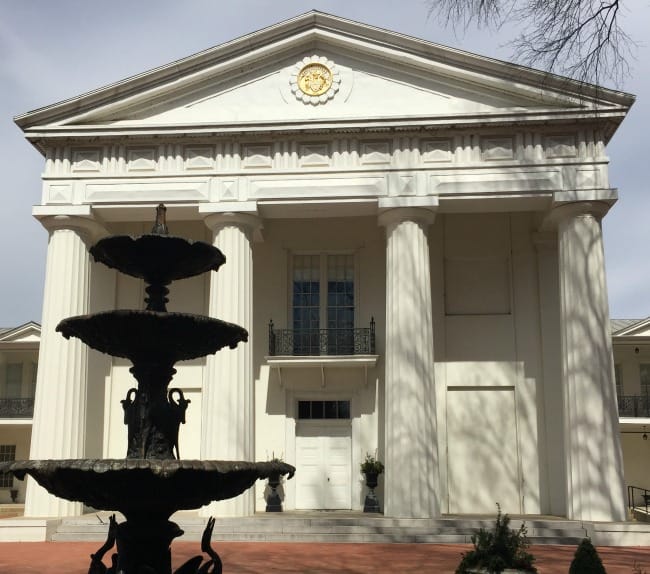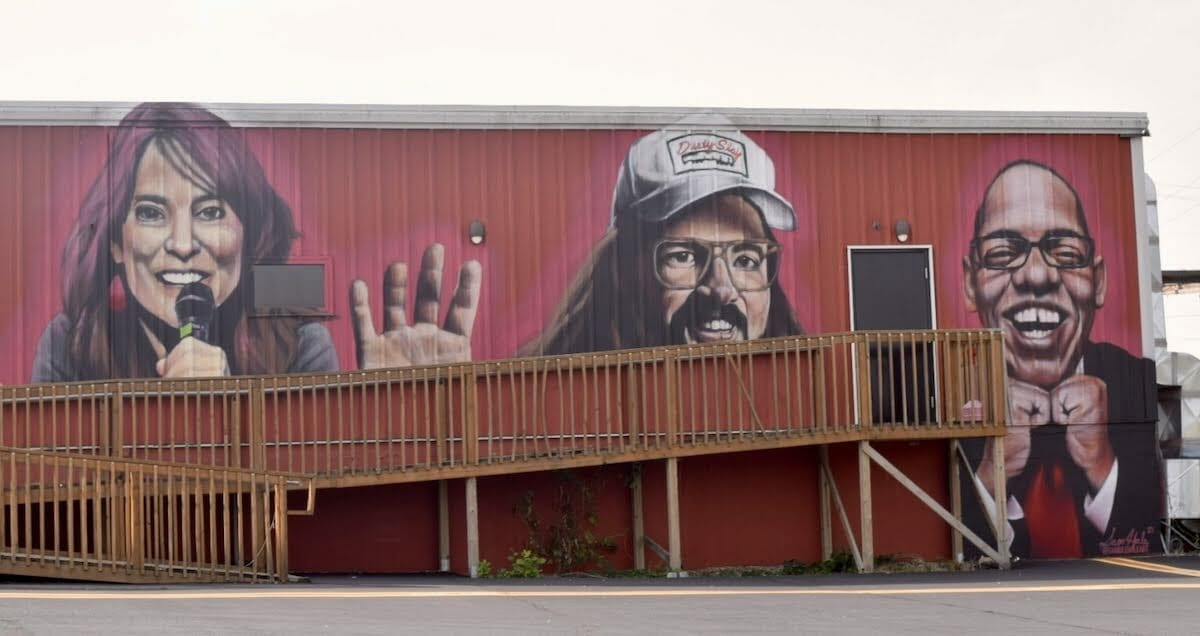

Uh oh...
It appears that you're using a severely outdated version of Safari on Windows. Many features won't work correctly, and functionality can't be guaranteed. Please try viewing this website in Edge, Mozilla, Chrome, or another modern browser. Sorry for any inconvenience this may have caused!
Read More about this safari issue.

The Old Statehouse Museum in Little Rock has been the site of rebuilding and refurbishing. Quite the multitasking monument, the structure, along with the political history it has hosted, has both deteriorated and progressed, at times doing so right alongside United States and Arkansas history.

Gideon Shyrock, architect
Architecture
The museum was initially built to serve as the state Capitol, an optimistic move since construction began in 1833 when Arkansas was still a territory. Like others in the United States at the time, Gideon Shryock, the building’s architect, took inspiration from Greek history. He wanted to make a statement with his design. The result stood as a white building whose structure included tall, bold columns topped by a pediment, all of which represented young America’s independence and connection with the development of ancient civilization. Tragically, the representation from the Greek culture also included the work of slaves, who labored for years to build the Statehouse along with local masons.

The main building boasted two fronts: one facing the street and another the Arkansas River. Though the building was not considered complete until 1842, it took on the beginnings of a colorful history within its walls.
History
Despite the irritating noise of continued construction, lawmakers didn’t wait for completion before taking to the building for the first general assembly when Arkansas became a state in 1836. In 1837, Speaker John Wilson killed Representative Joseph J. Anthony when a debate about wolf hide bounty and legal tender turned into a knife fight.
The statehouse’s changing history continued after the election of President Lincoln. The building hosted debates on whether Arkansas would secede with the South or hold to the Union. While the country ripped itself apart, the statehouse showed signs of decline and decay. Money was apportioned for repair and rebuilding of walls and provided considerably more space.
Not long after the Civil War ended, the building again became the battleground for conflict. The Brooks-Baxter War took place after accusations of voter fraud and an argument over who won the 1872 gubernatorial election. A court declared Elisha Baxter the winner, and Joseph Brooks wasn’t having it. Marching into the statehouse with a small army of men, Brooks removed Baxter, who simply continued his work as governor in a different location. A militia formed, fighting broke out, and a number of men died as they took sides and took up arms. After a legislative session, a decision by an attorney general and the involvement of President Ulysses S. Grant, Baxter became the legal governor of Arkansas in May 1874.

Renovations
The next three decades brought renovations to the worn and rundown building: repairs in the House and Senate chambers, a bronze fountain out front and an Arkansas seal at the main entrance. Winding stairs were added, along with additional space allowing for all three government branches to govern inside. A heating system to replace fireplaces, along with new carpet and furniture served to spruce up the statehouse. A large number of visitors still took its toll; the roof leaked and the wood floors rotted, contributing to the overall dilapidated appearance.
In 1907, the state government planned a move to a new Capitol. With debates taking place about what would happen to the statehouse, women stepped in. The Arkansas Federation of Women’s Clubs wanted to keep the building as a historical monument, honoring its long history as the venue for Arkansas government. Several years before women even had the right to vote, their influence made a difference as lawmakers continued to keep the building in government possession.

Medical School
In 1912, the Arkansas General Assembly supported the Arkansas Medical School’s use of the building. Throughout the next 23 years, the building served as the establishment for the school, taking a journey from a political venue to a medical facility. The evolution included offices, laboratories and lecture halls for medical departments and classes. In 1921, the statehouse-turned-medical school took on the new name of Arkansas War Memorial Building in honor of, and for the aid of veterans, offering needed services and a soup kitchen.

The Museum of Arkansas History
In 1947, legislation passed to turn the building into a museum of Arkansas history. Significant renovations replaced the roof and improved the overall structure. The Museum of Arkansas History opened to the public in 1951. Today, the building holds everything from political memorabilia to the inaugural gowns worn by the first ladies of Arkansas. The museum hosts family programs, lectures and music concerts. On-site tours and programs are free. Traveling staff work to carry educational information to residents across Arkansas.
Old Statehouse site: visitor information
Join the Conversation
Leave a Comment
4 responses to “The Old Statehouse Museum History”
 Leave a Reply
Leave a Reply
We do the work.
You check your email.
Sign up for our weekly e-news.
Get stories sent straight to your inbox!












 Leave a Reply
Leave a Reply
[…] it was a day’s buggy ride from the front door of the home to the university campus in the Old Statehouse […]
[…] vision for Arkansas to become a state, and the plans for Arkansas’s first statehouse, now the Old Statehouse Museum. Frances Pope saw construction break ground on that project before her husband lost his bid for a […]
[…] the Delta Cultural Center and the Arkansas Commemorative Commission renovation project of the Old State House and Trapnall Hall. His experience blends military and African-American history for a unique […]
[…] state capitol west of the Mississippi River and learn about Arkansas’s political history. The Old State House is a beautiful example of Greek Revival architecture and is home to a museum that tells the story […]